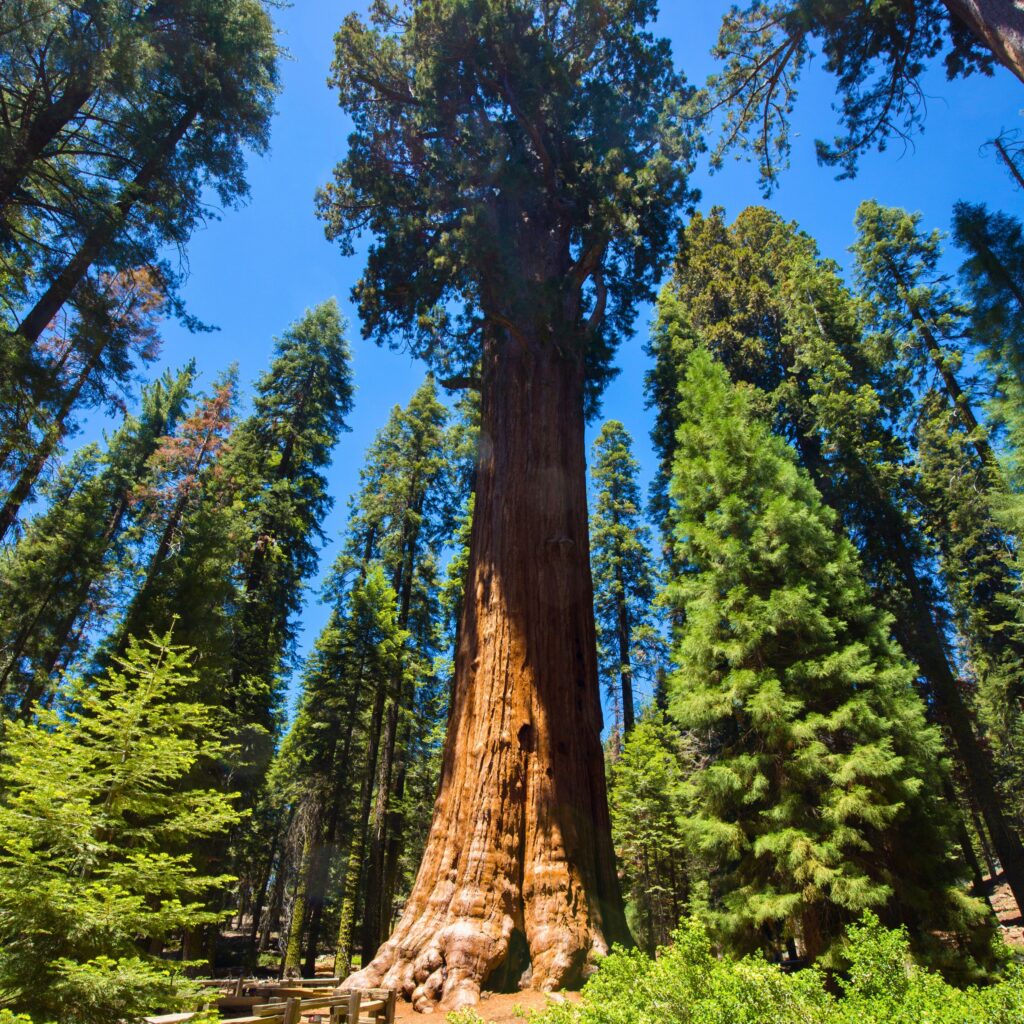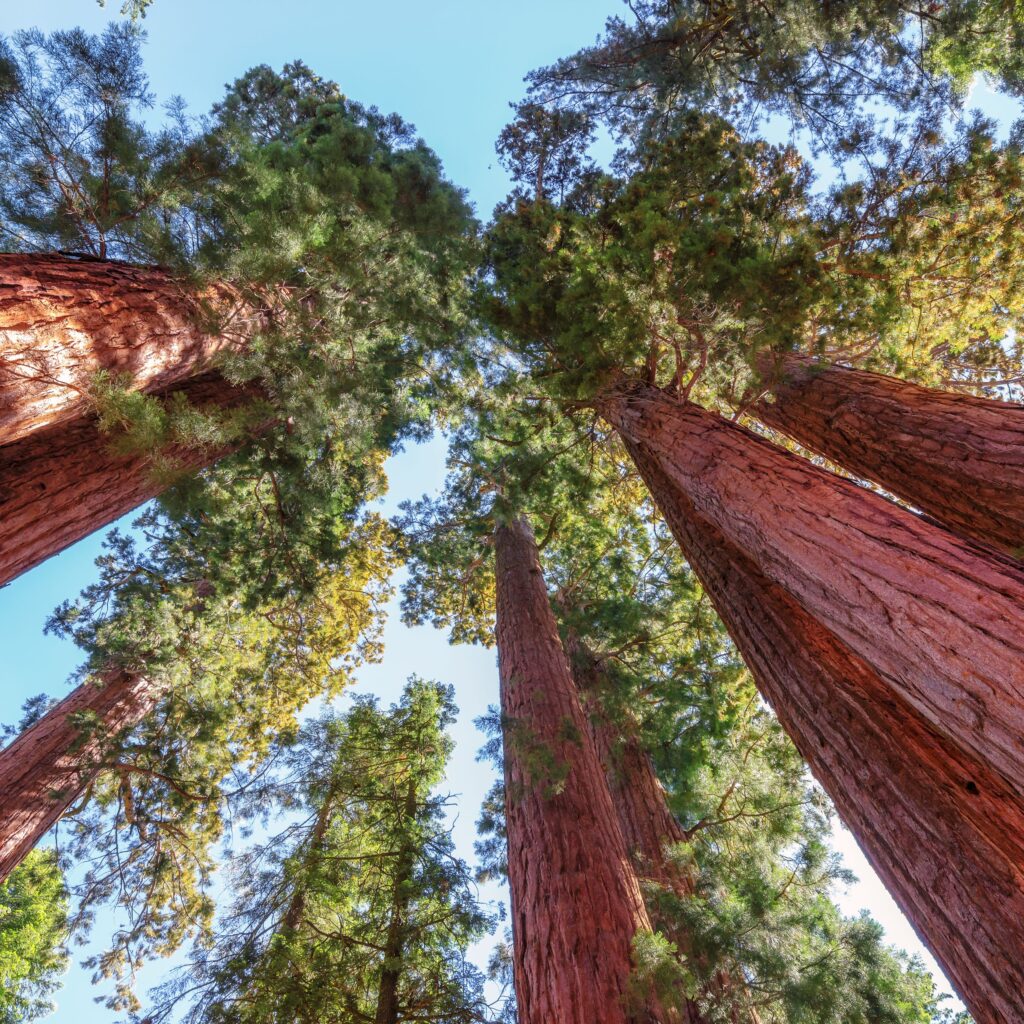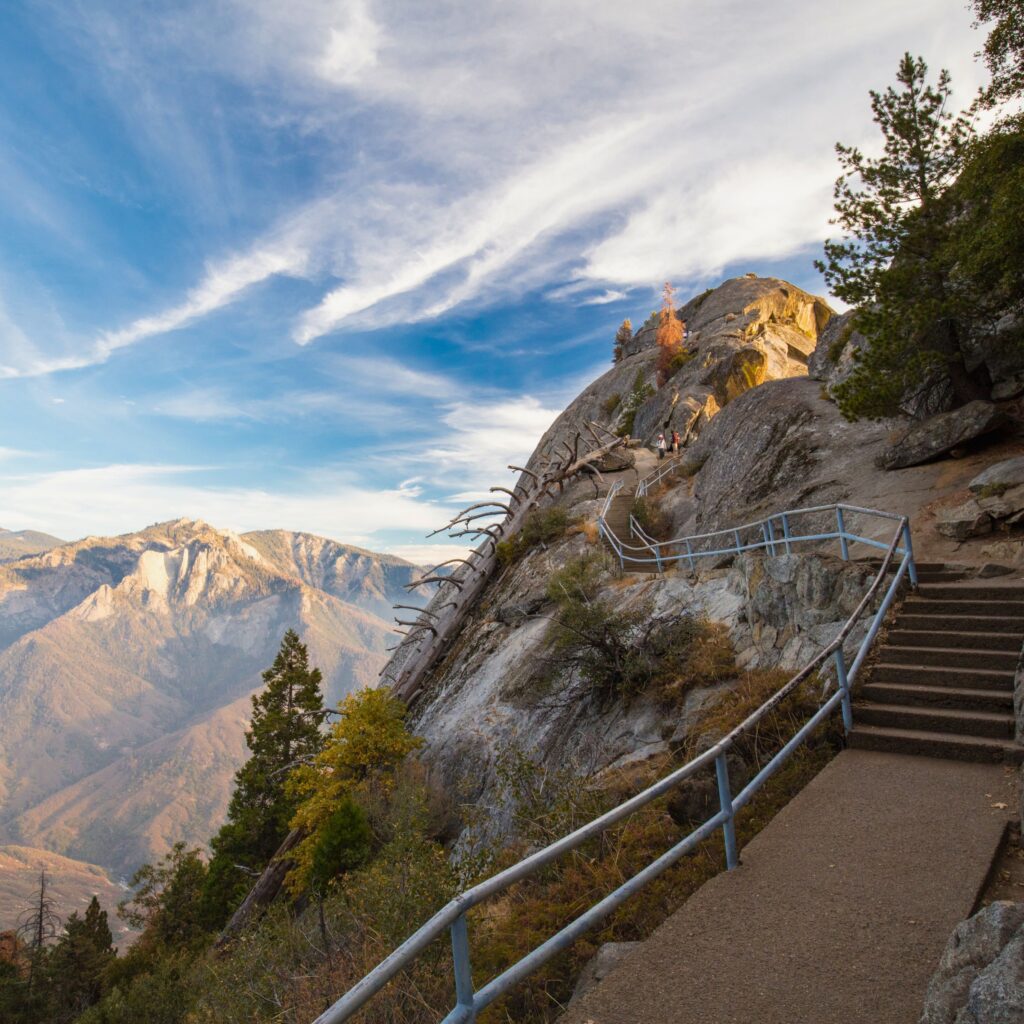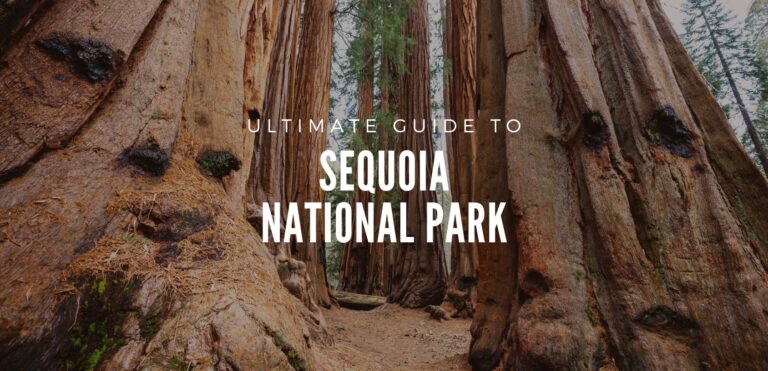Introduction
Sequoia National Park, located in California’s southern Sierra Nevada mountains, is a destination like no other. Famous for its massive giant sequoias, rugged peaks, and pristine wilderness, it’s a paradise for nature lovers and outdoor enthusiasts alike. Whether you’re exploring ancient forests, hiking challenging trails, or simply soaking in the serenity of the towering trees, this park offers experiences you won’t forget. With its rich history, incredible biodiversity, and awe-inspiring landscapes, Sequoia National Park is a must-visit destination.
Sequoia National Park’s History and Significance
Sequoia National Park was established in 1890, making it the second oldest national park in the United States. This protected area was created to safeguard the majestic giant sequoias, particularly those in the Giant Forest, from logging and destruction. Conservationists like John Muir were instrumental in preserving the park’s unique ecosystem. Fun fact: Sequoia National Park is also home to Mount Whitney, the highest peak in the contiguous United States at 14,505 feet.
The Trees That Touch the Sky: Giant Sequoias
What Are Giant Sequoias?

Giant sequoias are among the oldest and largest trees on Earth. Some are over 3,000 years old and can grow to over 300 feet tall and 40 feet in diameter. Unlike coastal redwoods, which are taller, giant sequoias are more massive by volume. These trees play a critical ecological role by providing habitat and storing vast amounts of carbon.
The General Sherman Tree
The General Sherman Tree, located in the Giant Forest, is the largest tree in the world by volume. This natural wonder stands 275 feet tall and has a base diameter of 36 feet. It’s an iconic landmark that draws visitors from all over the globe.
The Giant Forest
The Giant Forest is home to over 8,000 sequoias and features a network of well-maintained trails. Two popular trails to explore this forest are the Congress Trail, a 2-mile loop showcasing many impressive sequoias, and the Big Trees Trail, an accessible loop with informative exhibits.
Planning Your Trip to Sequoia National Park

When to Visit Sequoia National Park
Each season offers unique experiences in Sequoia National Park:
- Spring: Enjoy blooming wildflowers and rushing waterfalls.
- Summer: Perfect for hiking and exploring trails under clear skies.
- Fall: Experience vibrant foliage and fewer crowds.
- Winter: Discover snow-covered landscapes and enjoy snowshoeing.
High elevation means cooler temperatures year-round, so be prepared for sudden weather changes.
How to Get There
Sequoia National Park is accessible by car, with the nearest airports being Fresno Yosemite International (FAT) and Visalia Municipal (VIS). From Los Angeles or San Francisco, it’s a scenic drive to the park. Note that vehicles over 22 feet are restricted on certain roads, such as Generals Highway.
Park Entrance Fees and Passes
The current entrance fee for a single vehicle is $35. For frequent park visitors, the $80 America the Beautiful Pass is a great investment, granting access to all U.S. national parks for a year.
Must-See Attractions
- The General Sherman Tree: The world’s largest tree by volume.
- Moro Rock: A short but steep climb rewards visitors with panoramic views of the Sierra Nevada.
- Tunnel Log: Drive through this fallen sequoia for a fun photo opportunity.
- Crystal Cave: Explore this marble cave on a guided tour (seasonal).
- Crescent Meadow: Known as the “Gem of the Sierra,” this meadow is perfect for picnics and wildlife spotting.
Best Hiking Trails in Sequoia National Park

Sequoia National Park is a hiker’s paradise, offering trails for every skill level and an abundance of natural beauty. Whether you’re looking for a leisurely stroll among the giants, a moderate hike with stunning waterfalls, or a challenging trek with breathtaking mountain vistas, Sequoia has it all. Explore some of the park’s most iconic trails, each offering a unique perspective of its towering sequoias, sparkling lakes, and rugged landscapes.
Easy Trails
- Big Trees Trail: This accessible loop is perfect for all ages and provides fascinating insights into the giant sequoias.
- Beetle Rock Trail: A short trail offering stunning views and a great spot for sunsets.
Moderate Trails
- Tokopah Falls Trail: A 4-mile round trip to a beautiful waterfall, surrounded by dramatic granite peaks.
- Marble Falls Trail: A 7.4-mile round trip with serene forest views and cascading waterfalls.
Challenging Trails
- Alta Peak Trail: A strenuous hike with jaw-dropping views of the Great Western Divide.
- Pear Lake Trail: An 11-mile round trip leading to an alpine lake surrounded by towering peaks.
Where to Stay
Lodging Options
- Wuksachi Lodge: Located within the park, offering modern amenities and easy access to major attractions.
Campgrounds
- Popular sites include Lodgepole Campground and Dorst Creek Campground. Reservations are recommended, especially during peak season.
Nearby Towns
- Three Rivers: This gateway town provides additional accommodations, including vacation homes, and dining options.
Important Tips for Visitors
Wildlife Safety
- Black bears are common in the park. Store food securely in bear-proof lockers and follow Leave No Trace principles.
Trail Etiquette
- Yield to horses, and bikers yield to hikers. Always stay on marked trails.
Packing Essentials
- Bring layers, sunscreen, plenty of water, and sturdy hiking boots to stay comfortable and safe.
Frequently Asked Questions
- What is the best time of year to see the giant sequoias?
- Summer and fall offer the best weather, but winter provides a magical snowy experience.
- Are pets allowed in the park?
- Pets are allowed only in developed areas and not on trails.
- Can I visit both Sequoia and Kings Canyon in one trip?
- Absolutely! The parks are adjacent and share an entrance fee.
Why Sequoia National Park Should Be Your Next Adventure
Sequoia National Park is a treasure trove of natural wonders, from towering sequoias to breathtaking vistas. Whether you’re hiking through ancient forests, marveling at the General Sherman Tree, or enjoying a quiet moment in Crescent Meadow, the park promises unforgettable memories. Start planning your adventure today and immerse yourself in the beauty of these giants!
If Sequoia National Park has sparked your sense of adventure, dive into more travel inspiration with our national park guides! From insider tips to planning advice, discover everything you need to make the most of your outdoor adventures. Be sure to explore our blog for destination ideas, trail recommendations, and must-know details for your next park visit!

